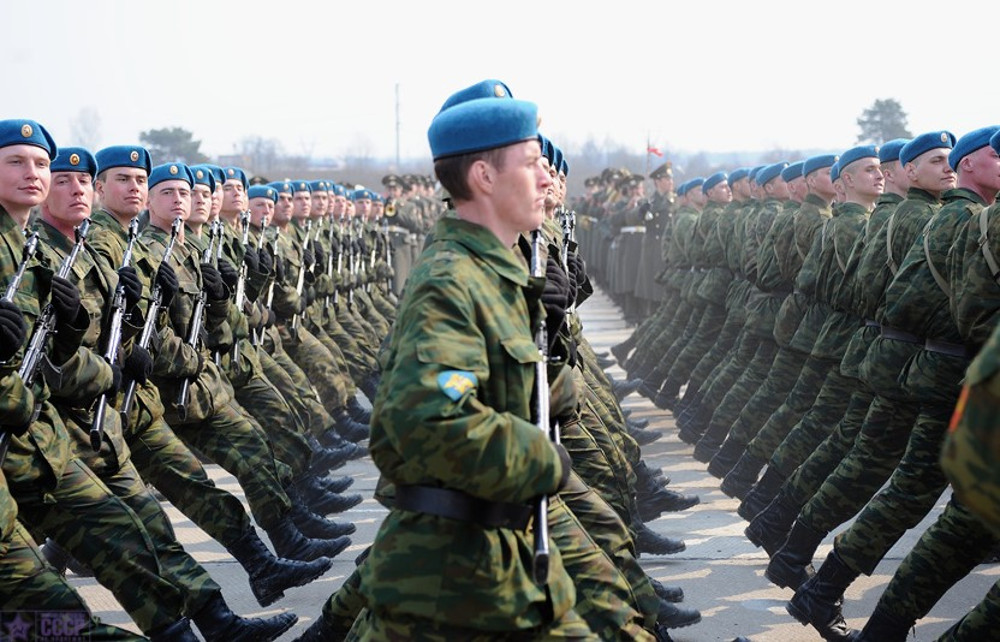RUSSIA MONITOR
Date: 7 November 2017
Russian Airborne Throws Its Weight Around
By the end of this year, the “attack forces” of the Russian Airborne Troops are expected to increase their potential four times. It means that the offensive capabilities of Russia will be reinforced as the airborne forces are supposed to constitute the core of rapid reaction forces. However, nobody knows how many of these plans will be put into practice. Their main aim may be to help the Airborne Forces commanders to obtain more considerable budget funds for the coming years.

According to Russia’s Defence Ministry, even more than 15 subunits of the Russian Airborne Forces (VDV), equipped with modern weaponry and composed of the best soldiers, may be referred as the “attack force” by the end of this year. Currently, there are many airborne battalion divisions and corps which are making an attempt to achieve such a status. Among them, there can be distinguished the most elite ones, for instance 76th Guards Air Assault Division in Pskov, 98th Guards Airborne Division in Ivanovo, 106th Guards Airborne Division in Tula, 7th Guards Air Assault (Mountain) Division in Novorossiysk, 11th Guards Airborne Brigade in Ulan-Ude and 31th Guards Airborne Brigade in Ulyanovsk.
As for the “attack subunits”, they were first mentioned by commander of the Russian Airborne Forces, colonel general Andrey Serdyukov in May this year. He considered them “impeccable” in terms of their armament and training. Within the VDV, there are currently five such subdivisions; they can be distinguished in the 98th Guards Airborne Division, the 106th Guards Airborne Division, the 31th Guards Airborne Brigade, the 76th Guards Air Assault Division and in the 56th Guards Airborne Brigade. They are the best-equipped, armed and trained airborne units in the entire Russian army.
Along with the plans to increase Russia’s attack potential and units, which could be mobilised and dispatched to any part of the country or adjacent areas within a few hours, the Ministry of Defence has announced the delivery of new military equipment. By the end of the year, the VDV spetsnaz will have received about 40 Tigr-M infantry mobility vehicles. They are going to be upgraded with remote controlled weapon station Arbalet-DM module. Also, by the end of the year, the spetsnaz will have been equipped with over 500 Arbalet-2 Parachutes; in 2017, Russia’s special forces have already been given about 300 of them. The first batch of the equipment can be already found within the reconnaissance units based in Tula, Ivanov, Pskov and Kubinka.
All texts published by the Warsaw Institute Foundation may be disseminated on the condition that their origin is credited. Images may not be used without permission.













